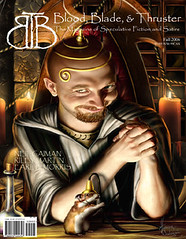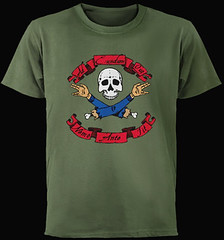Movie Review: The Ice Storm, 1997 by G. Adams
After viewing several Ang Lee films, and seeing him work in various settings, cultures, languages, and genres, I have to say, the man knows how to make a movie. Seriously, Lee knows what he’s doing.
Like most of Lee’s films, The Ice Storm isn’t going to cheer you up. The story follows a group of upper-middle class Connecticut families as their lives intersect along lines of sex, drugs, and reckless emotions. This is a complex film with several storylines that unfold each at their own pace then collide at unexpected and awkward moments. I haven’t read the Rick Moody novel the screenplay was based on, so I can’t say what characterizations or details might have been left out, but as always with Lee’s work I was impressed with how complete the characters seem to be—and this isn’t a ‘talky’ film. The believability, the solidity of each character—and there are many characters to keep track of in this film – is strong enough to stave of any confusion.
The actors of course deserve some credit for this, and The Ice Storm has a outstanding: Kevin Kline, Sigourney Weaver, Christa Ricci, Joan Allen, Elijah Wood, Toby Maguire—all turning in top notch performances. Summing this film up is beyond my abilities. It’s filled with people acting badly, or at least failing to behave graciously towards each other. There is more than enough selfishness, myopia and rampant egoism to go around. But it’s hard to judge people who seem so real or who suffer so much for their lapses—even if the cause of their suffering is accidental, and not, as some might suggest, a kind of reckoning. I guess the moral might be that leading better lives leaves us stronger for when tragedy does come, but then this isn’t the kind of movie that needs a moral. It’s the kind that asks more questions than it answers.
Me Vs. Roger Ebert: I’m in over my head reviewing an Ang Lee film. Roger sums his review up with ‘What we sense after the film is that the natural sources of pleasure have been replaced with higher-octane substitutes, which have burnt out the ability to feel joy. Going through the motions of what once gave them escape, they feel curiously trapped.’ I did sense that—I’m just unable to put it so succinctly.

